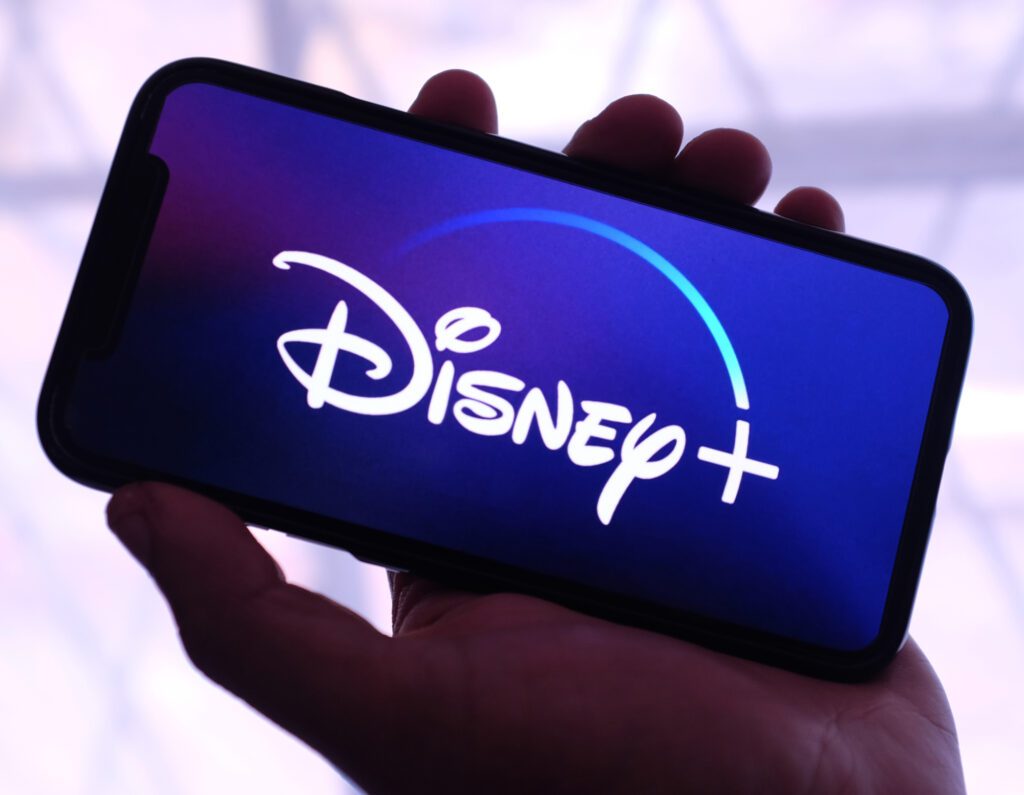Disney is determined that its streaming business will be profitable by the end of its 2024 fiscal year – and it’s got an aggressive plan to make that happen … despite Disney+ losing 2.4 million subscribers globally compared to the previous quarter.
During his first earnings call after being reinstated as Disney’s CEO, Bob Iger told investors on Wednesday that the company is instituting a massive company-wide cost-reduction plan that involves a corporate restructuring and laying off 7,000 people.
The layoffs represent around 3% to 4% of Disney’s global workforce.
Disney expects to save $5.5 billion from these “efficiencies,” as CFO Christine McCarthy referred to the company’s cost-reduction plan. Most of the savings will come from cuts to marketing spend and from headcount reductions at Disney’s media and entertainment distribution group, which houses its streaming services.
“We’re committed to running our businesses more efficiently,” Iger said, “especially in a challenging economic environment.”
The company’s stock jumped by more than 5% in after-hours trading on the news. Investors really do love hearing about efficiency.
A helping hand from linear
But the layoffs and the pullback on marketing spend don’t mean Disney is backpedaling on its streaming ambitions, as evidenced by the new operating structure.
Effective immediately, Disney will be split into three divisions: Disney Entertainment (including linear and the majority of Disney’s streaming and media operations, minus sports content), ESPN (including ESPN+) and parks, experiences and products.
Combining linear and streaming into one division makes more sense than having them operate separately, as in the past.
Disney’s linear business may be eroding – “we’ve been basically eyes wide open on that,” Iger said, but linear channels, together with movie theaters, are still monetizing well.
And streaming isn’t profitable yet.
Despite “continued demand” from advertisers, McCarthy said, Disney doesn’t expect that the ad-supported tier of Disney+, which only launched two months ago, will have a meaningful impact on the company’s bottom line until later in the year.
Streaming “remains our number one priority and, in many respects, it’s our future, but we’re not going to abandon the linear or traditional platforms while they can still benefit us,” Iger said. “Linear platforms still have an audience and can help us monetize.”
All about those quality subs
Global subscribers were down 2.4 million for the quarter, largely due to India’s Disney+ Hotstar offering losing cricket streaming rights.
But although Disney is still losing money faster than it’s adding streaming subs, the gap is narrowing.
Operating losses in Disney’s streaming division were down by more than $400 million sequentially from Q4, while core subscribers for Disney+ increased slightly quarter-over-quarter from 102.9 million to 104.3 million in Q1.
Disney’s price increases across its DTC offerings last year only had a modest impact on churn, as expected, McCarthy said.
The company intends to run what Iger calls a “full examination” of its promotional strategies, including a plan to “fine-tune our advertising initiatives on all streaming platforms.”
“We took our pricing up substantially on Disney+ and we only suffered a de minimis loss of subs,” Iger said. “That tells us something.”
Which is that it might not be necessary to chase subs with aggressive promotional pricing. Discounts for new subscribers could be on the chopping block.
Average revenue per user (ARPU) grew at ESPN and Hulu in the quarter, reflecting the impact of Disney’s price hikes. Although Disney+ core ARPU declined by 19 cents from last quarter, Disney attributes the drop to an unfavorable foreign exchange impact and some subscribers leaving for one of Disney’s multiproduct offerings.
Going forward, Disney will no longer share long-term subscriber guidance “in order to move beyond an emphasis on short-term quarterly metrics,” Iger said. (Netflix made a similar announcement last year.)
The decision may not be a good omen for Iger’s stated goal of reaching at least 215 million subscribers by 2024.
But Disney remains laser-focused on growing its subscriber base, Iger said.
“We’re still looking to grow subs,” he said. “We just want to grow quality subs that are loyal.”














